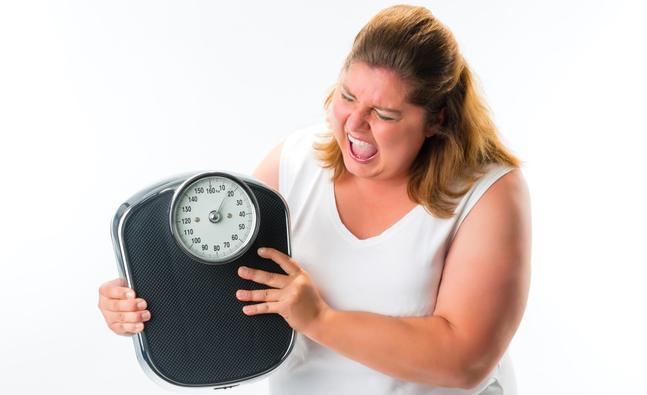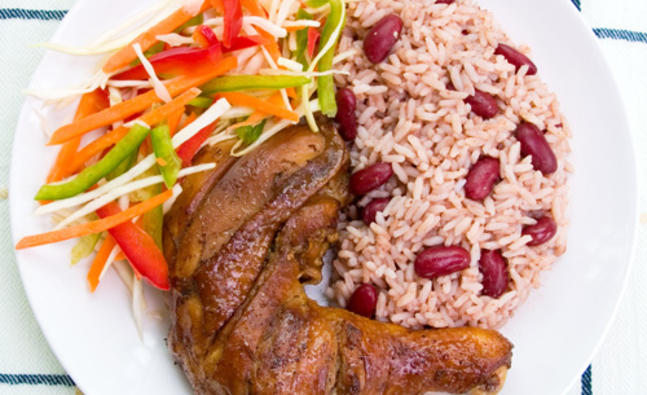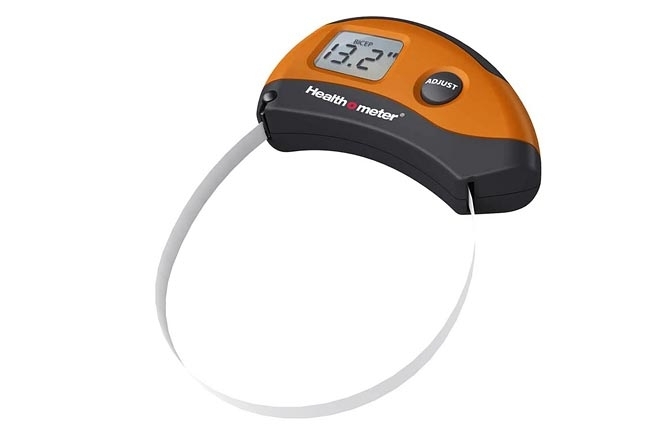How Your Metabolism Changes in Your 20s, 30s, and 40s
When you’re a kid, you can wolf down candy bars, fast food, and frozen pizza bagels without a second thought—you know it won't impact your weight. Now, you're a hardcore veggie eater and struggle to lose those extra few pounds. Why does this happen? As you likely know, your metabolism takes a nosedive over the years and ultimately impacts your waistline. Now that we've got that out of the way, here are all the ways your natural calorie-burning power transforms as you age—and what you can do to keep it in high gear.
In Your Twenties...
You Hit Your Peak
Most women enjoy their highest basal metabolic rate (the number of calories you burn by just being alive), in their late teens or early twenties, says Christopher Ochner, Ph.D., weight-loss expert at Mount Sinai Hospital in New York. Some women will hit it a bit earlier, others later, which has a lot to do with genetics, but your activity level also plays a big role. After all, the more you hoof it around campus, play on intramural teams, and hit up the university weight room, the more calorie-torching muscle you’ll build and the higher your metabolism will be, he says. Plus, until you’re about 25 or so, your body is still building bone, and that process burns up calories.

But It Doesn’t Last Long
According to the American Council on Exercise, your basal metabolic rate drops roughly one to two percent per decade. “By the late twenties, many women notice that they can’t eat the same things they used to without gaining weight and that the weight doesn’t fall off as easily as it once did,” says Ochner. Since this drop starts right about the time people settle into the (largely sedentary) workforce—and start losing muscle—your office job might actually be to blame, he says. Buzzkill.
In Your Thirties...
The Fattening Cycle Continues
As you lose muscle, your natural calorie-burning ability slows even more. And as you lose muscle and gain fat, fat can develop into the muscle and cause weight gain and metabolic dysfunction, says Caroline Cederquist, M.D., creator of bistroMD and author of The MD Factor. To add insult to injury, during your thirties, you aren’t producing as much human growth hormone as before (no more growth spurts for you!), which also leads to a dip in your metabolic rate, she says. However, strength training can help you build muscle and produce more human growth hormone, both of which keep your metabolism running as fast as (or faster than) it did when you were 20.
Pregnancy Can Go Either Way
If you decide to bring a baby on board, pregnancy can give your metabolism a bump—but not enough to start eating your normal diet times two. “Yes, you need to eat for yourself and the baby, but that baby might only be a couple millimeters large, so you don't need that many extra calories,” says Wesley Delbridge, R.D., a spokesperson for the Academy of Nutrition and Dietetics. During pregnancy, you'll likely burn about 200 extra calories a day, says Delbridge. Women who are at a healthy weight before pregnancy should only gain about 25 to 35 pounds during those nine months, he says. Unfortunately, according to a 2015 study published in the journal Obstetrics and Gynecology, almost half of women gain too much weight when they’re preggers—which can contribute to muscle- and metabolism-wrecking insulin resistance.
Breastfeeding to the Rescue
A huge calorie burn comes from breastfeeding. The average woman who's breastfeeding full-time can expect to burn an extra 500 to 1,000 calories per day, says Delbridge. Unfortunately, as soon as you start weaning your little one, your metabolism goes back to pre-pregnancy levels—as long as you haven’t lost any muscle since you got pregnant.
In Your Forties...
Your Hormones Tank
Around 40, your baby maker prepares to close up shop, and your levels of estrogen, progesterone, and (again) human growth hormone decrease, says Cederquist. So unfortunately, your metabolism follows suit. That means you'll have to focus on reducing your caloric intake during your forties in order to maintain your weight, says Delbridge. If you're working out, that might only amount to eating about 150 less calories per day, he says. But if you don't exercise and sit most of the day, you'll probably have to cut more calories to stay svelte.
Building Muscle Becomes a Non-Negotiable
Okay, so this is a must at any age, but around age 40, your body’s natural decline in muscle mass, called sarcopenia, sets in. To combat the loss of lean mass and keep your metabolism revved, you really have to turn to strength training. (But, hopefully, you have already!) According to research from the Harvard School of Public Health, people who lift weights put on less belly fat as they age than cardio bunnies. While any exercise will help you burn calories while you’re at the gym, strength training gives your metabolism the biggest boost after your workout ends, says Ochner. On top of pumping iron, eating enough protein (about 100 to 120 grams a day) will boost your efforts to get stronger. “A woman who was sedentary in her twenties and thirties can actually have a higher metabolic rate in her forties if she exercises and changes her diet,” says Cederquist.
-
Enjoy meals without worrying about overeating
-
6 Critical diet mistakes you could be making - especially #3
-
Lose weight with better meal planning
-
How This Former College Athlete Got Her Body Back After Having Two Babies
Before: 186 After: 142 The Lifestyle In college, I played basketbal
-
Why healthy fat foods are good for weight loss
-
Claire McCaskill Weight Loss
Missouri Senator Claire McCaskill announced this week that she reached
- DON'T MISS
- Leg and abdominal muscle workout
- See All the Crazy Ways People Have Tried to Lose Weight Throughout History
- Choose bigger chores over smaller ones
- The Secret Ingredient That Kills Cravings
- Bob Harpers Biggest Loser Win Reaction
- 4 Ways to Use Your Fitness Tracker for the BEST Weight-Loss Results
- Keep cool to burn extra calories
- 5 Low calorie drink options
- Is Morning Walk Effective For Weight Loss?
- Healthy snack swops




